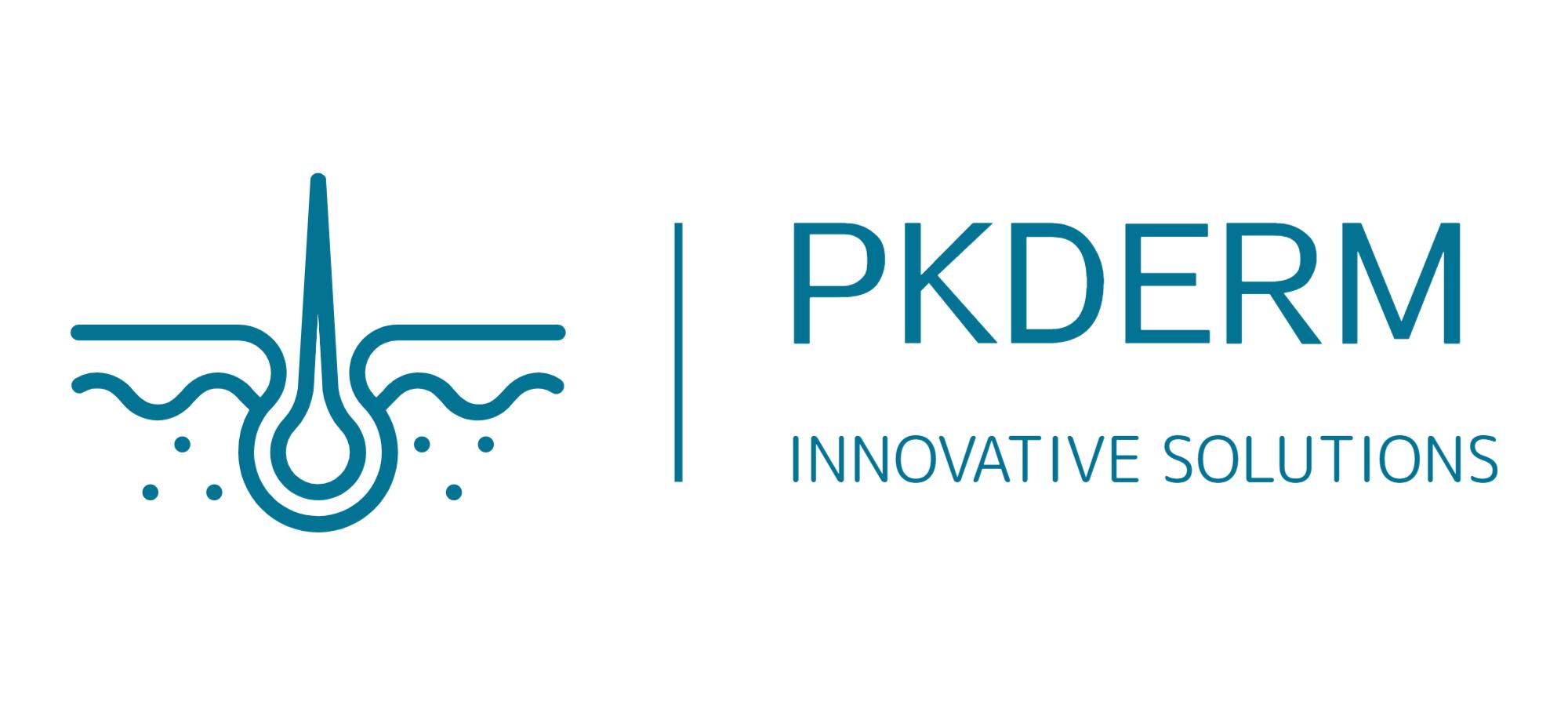OpenTox Virtual Conference 2021 Session 3
Identification of photoallergens by cellular assays in vitro: state of the art
Montse Mitjans and M. Pilar Vinardell
Traditionally, animal studies have been the gold standard in preclinical and toxicity studies to predict human toxicity and adverse effects of different substances and chemicals. However, animal models have demonstrated that fail to predict human toxicity more frequently as expected (1) and their use implies ethical and legal concerns (2). For this reason, the development of feasible, reliable, and reproducible alternative methods is in urgent demand. Related to the compulsory photo safety studies for regulatory purposes, currently, the pharmaceutical and cosmetic industry should rely on the in vitro 3T3 NRU PT assay (3) and more recently on the ROS assay for the photoreactivity (4) and on the reconstructed human epidermis phototoxicity test method (5). Nevertheless, none of them discriminate among photoirritants and photoallergens and, thus, further research and novel non-animal proposals should be explored. In this sense, the objective of the present work, is to compare several in vitro cellular assays described in the last ten years to identify photoallergenicity potential.
A literature review collecting the articles that describe in vitro methodologies to identify and/or discriminate photoallergens from photoirritants was performed in different databases. The words used to identify the articles were: in vitro and photoallergy, photoallergy, photoallergenicity, photo(safety), photo(assay), or photobiological assay. The period was established between 2010 and 2021.
Results retrieved from 1 document to 130, which turned to 8 (1 revision) after applying eligibility and exclusion criteria. Finally, 7 studies were analysed regarding the key events (KE) that addressed adverse outcome pathways of skin sensitization (6), the cellular model used, chemicals studied, and cellular events regarded to develop prediction models.
Three studies focused on KE2 using human keratinocytes or modified epithelial cell lines, whereas the other four explore KE3 using a monocyte cell line or monocyte-derived from peripheral blood mononuclear cells. Chemicals included in the studies range from 8 to 33, including different phototoxic and photoallergic behavior. Cellular events to identify photoallergens include release or production of cytokines (IL-8; IL-18), modifications of cell-surface (expression of molecules or changes in thiols/amines), intracellular ROS production or activation of the Keap1– Nrf2–ARE pathway. All studies show promising results as a predictive tool in photo safety assessment, however, further investigation is required. Moreover, we found a lack of proposals attending to the requirements of the cosmetic industry in relation to 7th amendment of the European Cosmetics Directive (2003).
This study was performed thanks to grant PID2020-113186RB-I00, from Ministerio de Ciencia e inovación (España).
References:
1- Van Norman GA. JACC: Basic to Translational Science, 4 (7), 2019.
2- Pound B. Animals, 10, 2020.
3- Organization for Economical Coopertion and Development (OECD) TG 432, 2019
4- Organization for Economical Coopertion and Development (OECD) TG 495, 2019
5- Organization for Economical Coopertion and Development (OECD) TG 498, 2021. 6- Organization for Economical Coopertion and Development (OECD). n 168, 2012.


